Maintaining safety and efficiency in commercial transportation hinges significantly on the reliability of tractor trailer air brake systems. At CarMax Vehicle, we understand the critical role that a well-designed air brake system plays in ensuring your fleet operates smoothly and safely. This comprehensive guide delves into the intricacies of tractor trailer air brake system diagrams, providing an in-depth analysis to help you comprehend, maintain, and optimize your braking systems effectively.
Understanding Tractor Trailer Air Brake Systems
Tractor trailer air brake systems are pivotal in controlling and managing the stopping mechanism of heavy-duty vehicles. Unlike hydraulic brakes commonly found in passenger cars, air brakes utilize compressed air to activate the braking mechanism, offering superior stopping power essential for large loads and extended braking distances.
Key Advantages of Air Brake Systems
- Enhanced Stopping Power: Air brakes can generate substantial force, enabling efficient deceleration of heavy trailers.
- Durability and Reliability: Designed to withstand rigorous conditions, air brake systems are less prone to wear and tear.
- Safety Features: Incorporates various safety mechanisms to prevent brake failure and ensure vehicle control.

Detailed Tractor Trailer Air Brake System Diagram
A comprehensive air brake system diagram is essential for understanding the flow and function of each component within the system. Below, we break down the primary elements and their interactions.
Main Components
| Component | Function |
|---|---|
| Air Compressor | Compresses atmospheric air, supplying it to the air tanks. |
| Reservoir Tanks | Store compressed air, ensuring a ready supply for brake activation. |
| Brake Pedal | Initiates brake application by releasing air pressure. |
| Brake Chambers | Convert air pressure into mechanical force to activate brakes. |
| Slack Adjusters | Maintain optimal brake pad clearance, ensuring consistent performance. |
| Brake Pads/Shoes | Apply pressure to the brake drum or rotor to create friction and stop. |
| Air Lines | Carry compressed air throughout the braking system. |
| Governor | Regulates air pressure, preventing system over-pressurization. |
| Brake Valve | Controls airflow to the brakes, modulating braking force as needed. |
System Flow Diagram
flowchart LR
A[Air Compressor] --> B[Reservoir Tanks]
B --> C[Governor]
C --> D[Brake Valve]
D --> E[Brake Chambers]
E --> F[Brake Pads/Shoes]
D --> G[Brake Pedal]
G --> C
Functionality of Each Component
Air Compressor
The heart of the air brake system, the air compressor, generates the necessary pressure by compressing atmospheric air. It is typically driven by the vehicle’s engine and operates continuously to replenish the air supply in the reservoir tanks.
Reservoir Tanks
Reservoir tanks store the compressed air produced by the air compressor. They act as buffers, ensuring that there is always a reserve of air available for brake application, especially during rapid or simultaneous braking.
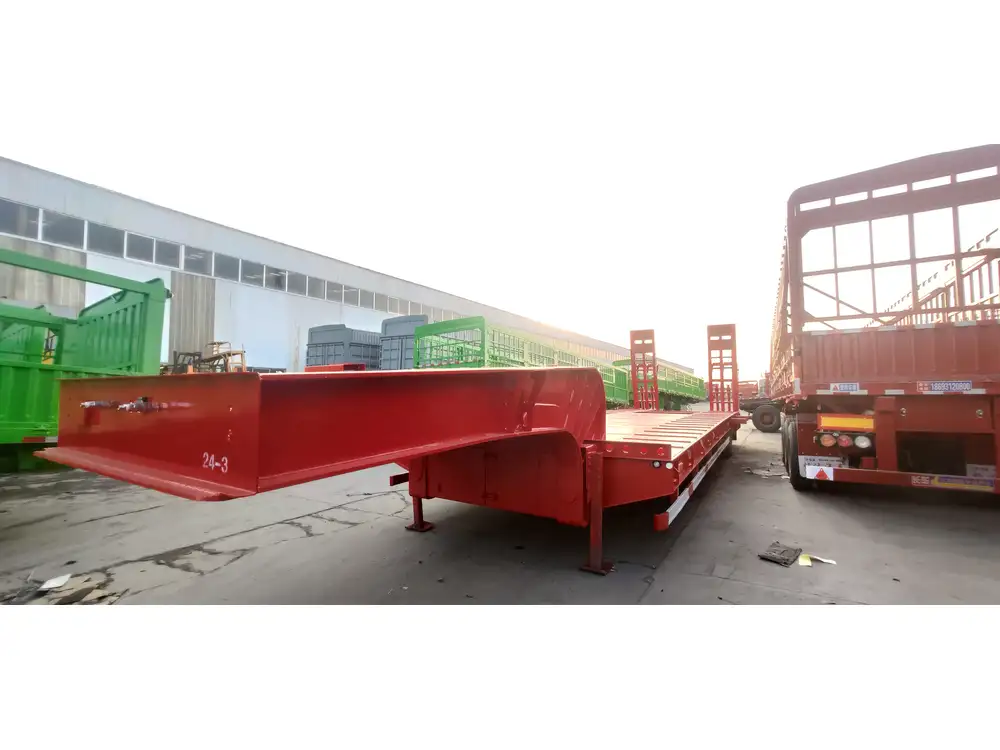
Brake Pedal
Engaging the brake pedal releases the stored air pressure from the reservoir tanks. This action initiates the braking process by directing air to the brake chambers, translating pressure into mechanical force.
Brake Chambers
Located near each wheel, brake chambers convert the incoming air pressure into mechanical movement. This movement actuates the brake pads or shoes, applying friction to the brake drum or rotor.
Slack Adjusters
Slack adjusters maintain the correct clearance between the brake pads and drums. Regular adjustment ensures that the braking system operates efficiently, preventing excessive wear or insufficient braking force.
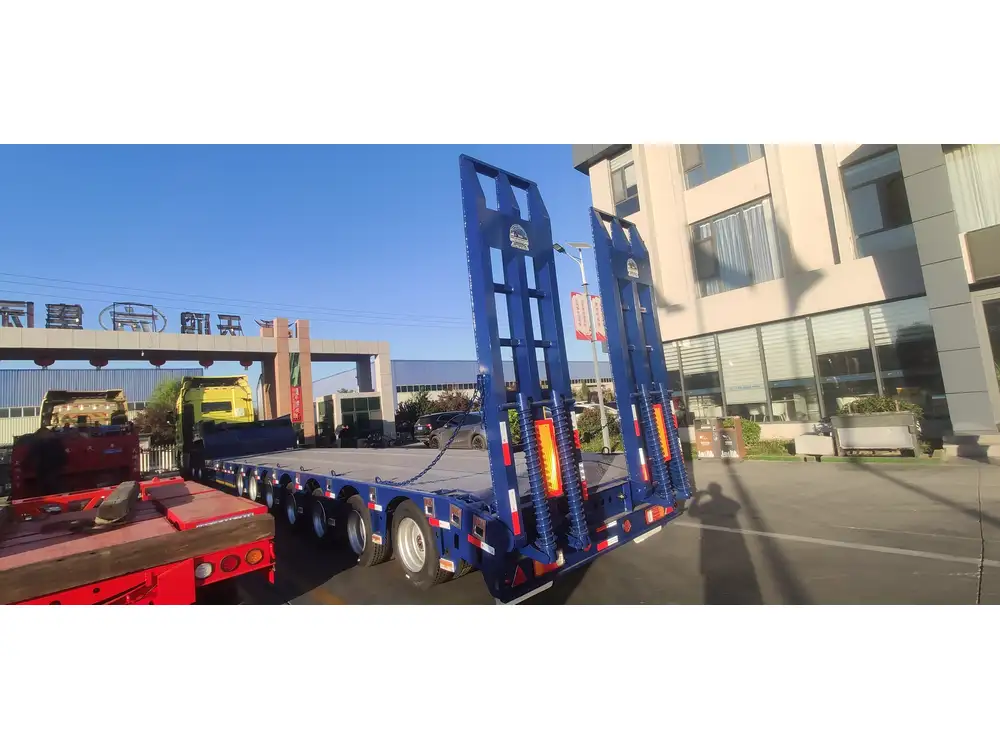
Brake Pads/Shoes
Brake pads or shoes are the actual components that create the friction necessary to slow down or stop the vehicle. They press against the brake drum or rotor, generating the required stopping power.
Air Lines
Air lines transport compressed air from the reservoir tanks to various components of the braking system. They are critical for maintaining consistent pressure and ensuring timely brake activation.
Governor
The governor monitors and regulates the air pressure within the system. By controlling the compressor’s operation, it prevents over-pressurization and maintains optimal braking performance.
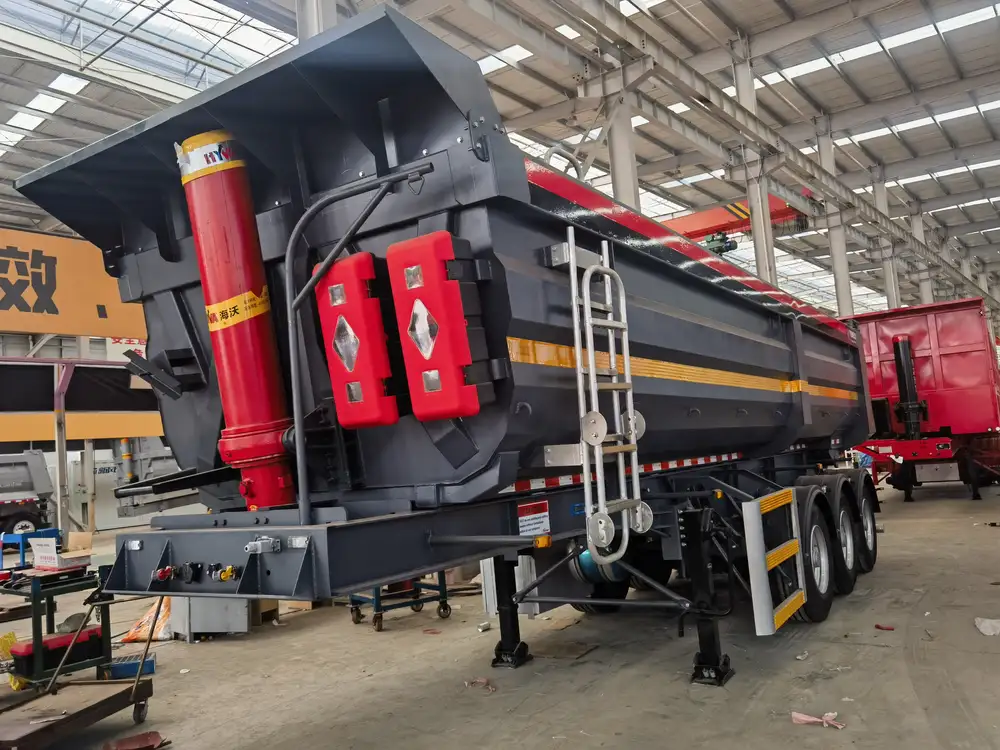
Brake Valve
The brake valve acts as the control center for the braking system. It modulates the airflow to the brake chambers based on pedal input, allowing for precise control over braking force.
Types of Tractor Trailer Air Brake Systems
Understanding the different types of air brake systems can help you choose the right configuration for your specific transportation needs.
Single Air System
A single air system utilizes one compressed air source to operate both service brakes and the spring brakes. While simpler, it offers less redundancy in case of system failure.
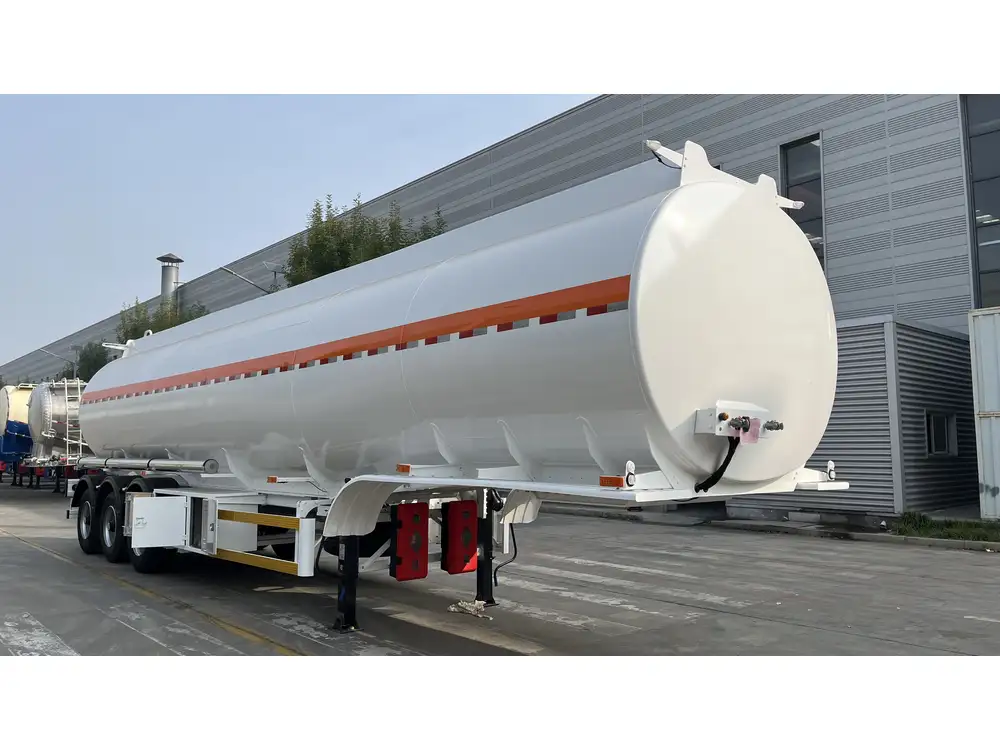
Dual Air System
A dual air system employs two separate air compressors, providing increased reliability and safety. If one compressor fails, the other can maintain braking functionality, enhancing overall system resilience.
Tandem Air System
In a tandem air system, two separate braking systems operate independently on different axles. This configuration offers enhanced braking performance, particularly for heavy loads and long-haul applications.
Maintenance and Troubleshooting
Regular maintenance is crucial for ensuring the longevity and reliability of tractor trailer air brake systems. Here are key maintenance practices and common troubleshooting tips.

Routine Maintenance Tasks
- Inspect Air Lines: Regularly check for leaks, cracks, or damage in the air lines.
- Drain Air Tanks: Remove accumulated moisture and debris from reservoir tanks to prevent corrosion.
- Test Brake Functionality: Periodically test brakes for proper operation and responsiveness.
- Lubricate Moving Parts: Ensure all mechanical components are adequately lubricated to prevent wear.
- Check Brake Pads/Shoes: Monitor the wear level of brake components and replace them as needed.
Common Issues and Solutions
| Issue | Possible Cause | Solution |
|---|---|---|
| Reduced Braking Power | Leaking air lines or faulty brake chambers | Inspect and repair or replace damaged components |
| Brake Fade | Overheating due to excessive use | Allow brakes to cool and inspect for overheating |
| Inconsistent Brake Response | Contaminated air or worn brake pads | Clean air system and replace worn parts |
| Air Compressor Failure | Mechanical breakdown or electrical issues | Service or replace the compressor |
| Noisy Braking System | Lack of lubrication or worn brake shoes/pads | Lubricate moving parts and replace worn components |
Benefits of CarMax Trailer’s Advanced Air Brake Systems
At CarMax Trailer, we prioritize safety, reliability, and performance in our air brake system designs. Our systems incorporate cutting-edge technologies and robust components to ensure optimal braking performance under all conditions.

Key Features
- Enhanced Safety Mechanisms: Incorporate dual brake chambers and redundant air lines for increased safety.
- Advanced Materials: Utilize high-grade materials in brake pads and chambers to extend lifespan and reduce maintenance.
- Precision Engineering: Design air lines and components for minimal air loss and maximum efficiency.
- User-Friendly Design: Facilitate easy maintenance and troubleshooting with accessible components and clear system diagrams.
Comparison: CarMax Air Brake Systems vs. Competitors
To illustrate the superiority of CarMax Trailer’s air brake systems, let’s compare key features with standard offerings in the market.
| Feature | CarMax Trailer | Competitors |
|---|---|---|
| Safety Redundancy | Dual brake chambers and air lines | Single brake chamber systems |
| Material Quality | High-grade, durable materials | Standard-grade materials |
| Maintenance Accessibility | Modular design for easy access and repairs | Complex design requiring specialized tools |
| Performance Optimization | Precision-engineered for maximum efficiency | Basic engineering with average performance |
| Warranty and Support | Comprehensive warranty and dedicated support team | Limited warranty and generic support services |
Implementing and Reading Air Brake System Diagrams
Mastering air brake system diagrams is essential for effective maintenance and troubleshooting. Here’s a step-by-step guide to interpreting these diagrams.
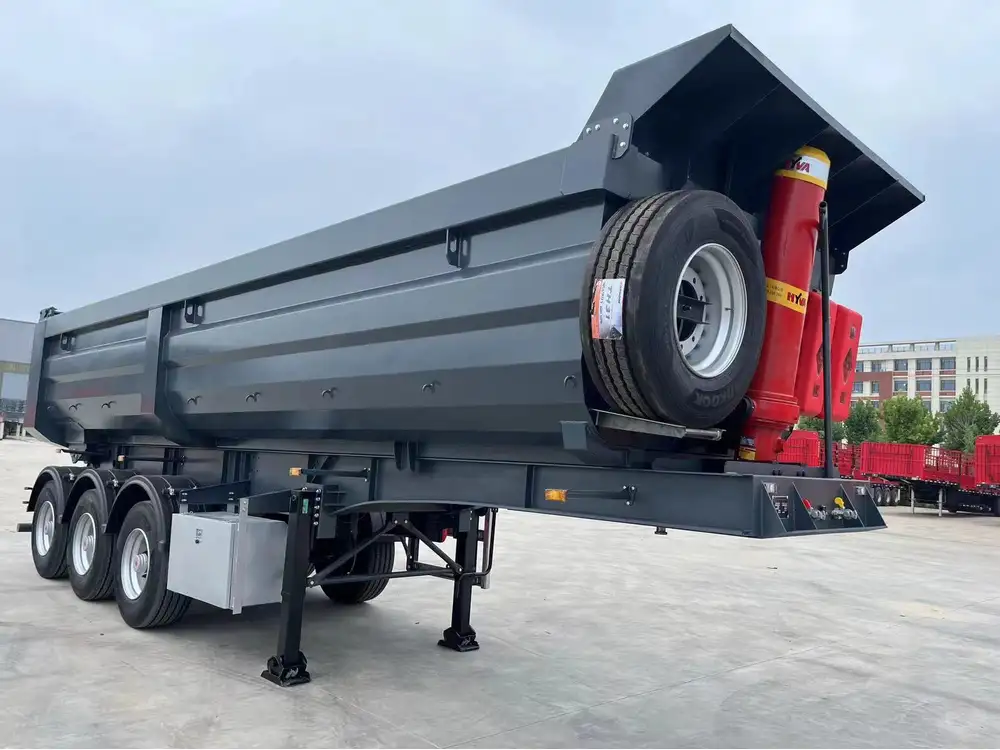
Step-by-Step Analysis
- Identify the Air Compressor: Locate the compressor as the starting point of air flow.
- Trace the Reservoir Tanks: Follow the air lines from the compressor to the storage tanks.
- Examine the Governor: Understand how the governor regulates air pressure within the system.
- Analyze the Brake Valve Connection: See how the brake valve controls airflow to the brake chambers.
- Follow Air Lines to Each Brake Chamber: Trace the path of compressed air to individual wheel brakes.
- Assess Mechanical Components: Look at how brake chambers convert air pressure into mechanical force, activating the brake pads or shoes.
Tips for Effective Diagram Interpretation
- Use Color-Coding: Differentiate components and air lines using distinct colors for clarity.
- Label Components Clearly: Ensure all parts are labeled accurately to avoid confusion during analysis.
- Highlight Critical Pathways: Emphasize the main air flow routes to prioritize inspection and maintenance efforts.
- Incorporate Legends and Symbols: Utilize standardized symbols and a legend to simplify complex diagrams.
Enhancing Air Brake System Performance with CarMax Trailer
Optimizing your tractor trailer’s air brake system ensures maximum performance, safety, and longevity. CarMax Trailer offers tailored solutions to enhance your braking systems effectively.

Custom Solutions
- System Upgrades: Integrate advanced components to boost braking efficiency and reliability.
- Performance Tuning: Fine-tune system parameters to suit specific load and operational requirements.
- Comprehensive Training: Provide training for maintenance personnel to ensure proficient handling of air brake systems.
Innovative Technologies
- Electronic Brake Systems (EBS): Incorporate electronic controls for more precise and responsive braking.
- Brake Monitoring Systems: Utilize sensors and diagnostics to monitor brake performance in real-time.
- Automated Adjustments: Implement systems that automatically adjust brake pressure based on vehicle load and speed.
Future Trends in Air Brake Systems
Staying ahead in the competitive transportation industry requires embracing emerging trends and technologies in air brake systems.
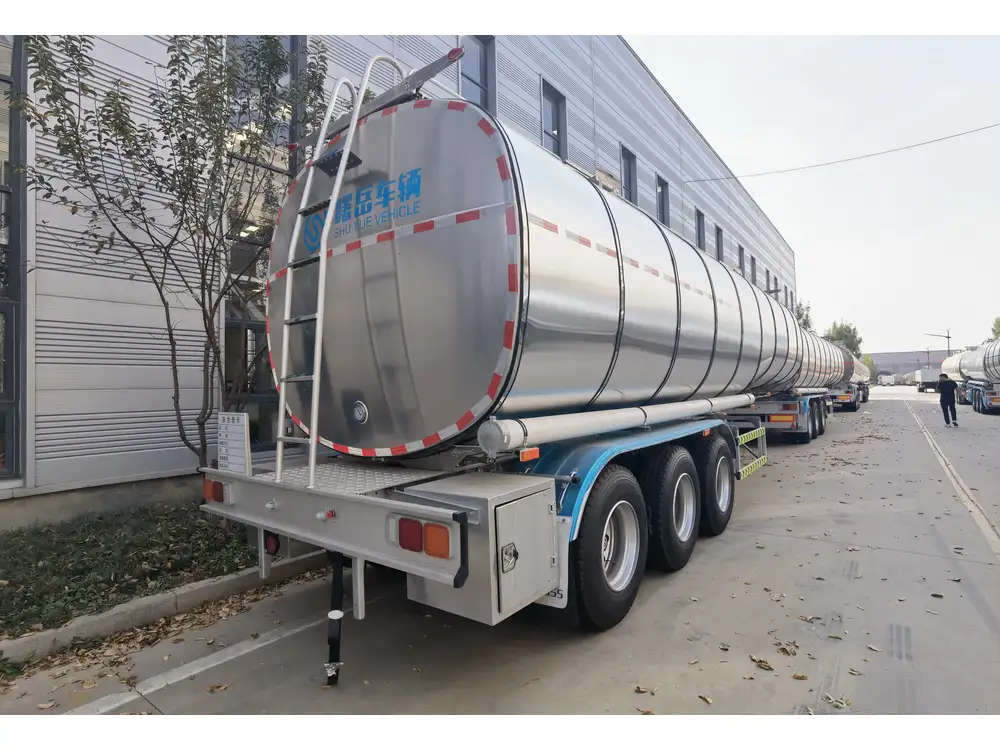
Electrification of Brake Systems
The integration of electric components in air brake systems promises enhanced control, reduced maintenance, and improved energy efficiency.
Smart Braking Systems
Advancements in IoT and sensor technologies enable the development of smart braking systems capable of predictive maintenance and real-time performance monitoring.
Sustainable Practices
Emphasizing environmentally friendly materials and energy-efficient compressor designs contributes to sustainability while maintaining system performance.
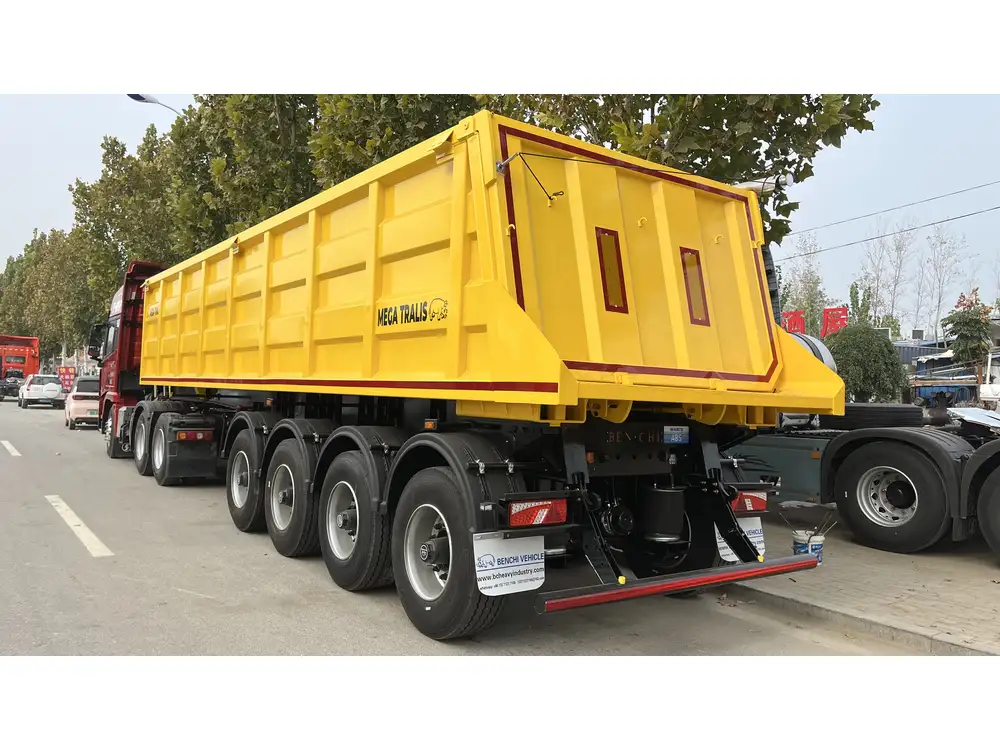
Conclusion
A thorough understanding of tractor trailer air brake system diagrams is indispensable for ensuring the safety and efficiency of your fleet operations. At CarMax Vehicle, we are committed to providing state-of-the-art air brake solutions tailored to your specific needs. By leveraging our expertise and comprehensive support, you can maintain optimal braking performance, minimize downtime, and enhance overall vehicle safety.
Frequently Asked Questions (FAQs)
1. How often should I inspect my tractor trailer air brake system?
Regular inspections are crucial for maintaining air brake system integrity. It is recommended to perform a comprehensive inspection at least once a week, with more frequent checks before long trips or after extensive use.
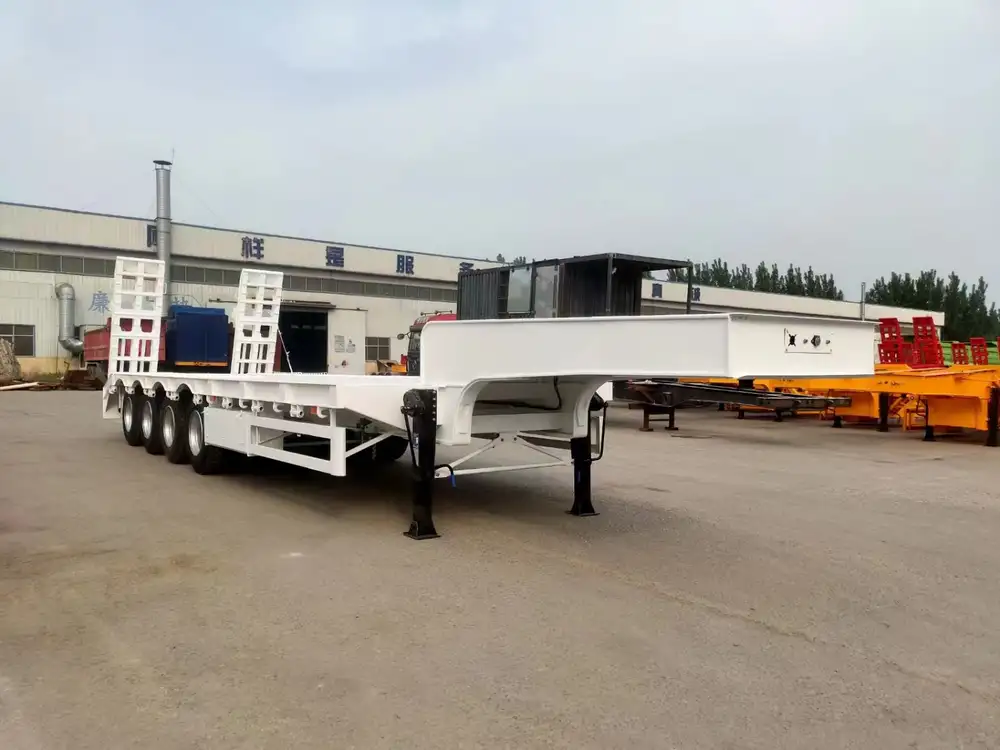
2. What are the signs of a failing air brake system?
Common indicators include reduced braking power, unusual noises during braking, air leaks, longer stopping distances, and dashboard warning lights. If any of these signs are present, it’s essential to address them immediately to ensure safety.
3. Can I perform air brake system maintenance myself?
Basic maintenance tasks, such as checking air lines and draining reservoir tanks, can be performed by knowledgeable operators. However, more complex issues, such as compressor repairs or brake chamber replacements, should be handled by certified technicians to ensure proper functionality and safety.
4. What causes air brake systems to lose air pressure?
Air pressure loss can result from leaks in air lines, faulty valves, worn brake chambers, or issues with the air compressor. Regular maintenance and prompt repairs are essential to prevent pressure loss and maintain braking performance.
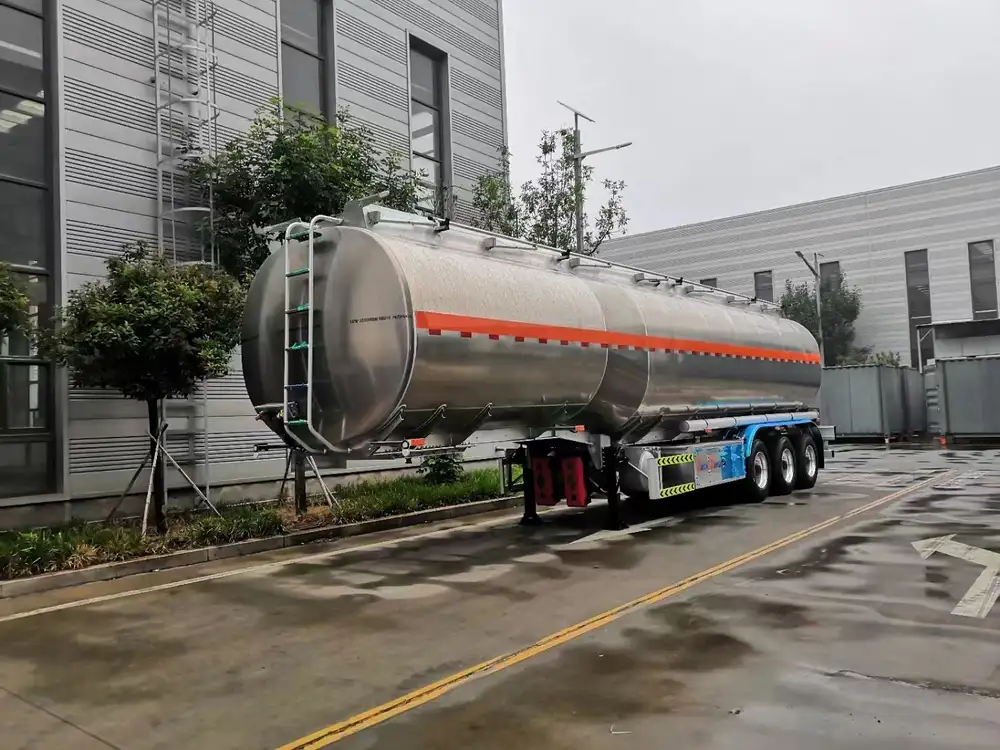
5. How can CarMax Trailer’s air brake systems improve my fleet’s performance?
CarMax Trailer’s advanced air brake systems offer enhanced safety features, superior materials, and precision engineering, leading to improved braking efficiency, reduced maintenance costs, and increased overall fleet reliability.



